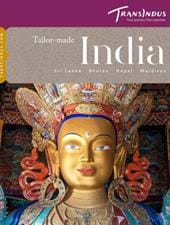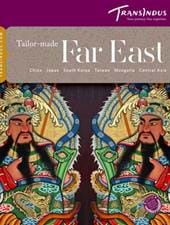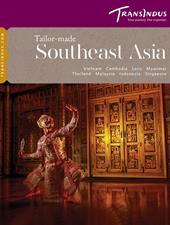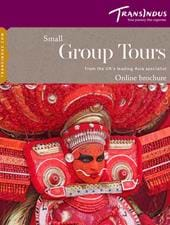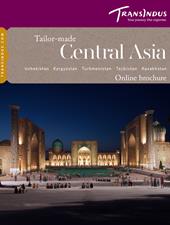Until its rediscovery by British archeologists in the Victorian era, the Sun Temple at Konark, just up the coast from Puri, lay under a sand dune. It must have been a large one, for the great “Black Pagoda”, as the mighty sandstone pyramid was known to English mariners, was the greatest of all the shrines erected by the Gangas at the peak of their power. It was conceived in the form of a giant chariot – representing the Vedic Sun God, Surya – complete with a team of rearing steeds and colossal wheels along its sides.
Carving of exquisite intricacy adorns the temple’s exterior surfaces. As at Khajuraho, erotica features prominently. Niches running along the flanks of the building frame images of bejewelled mithuna couples locked in amorous embraces, often with a supporting cast of dwarfs and attendants.
Other friezes showing courtesans and dancers in action provided valuable templates for the revival of Odissi Dance, a beautiful regional art form that was lost to the world until enthusiasts pieced its arcane grammar of moves, gestures and steps together in the 1950s. An annual Festival of Dance, staged with the floodlit Sun Temple as a backdrop, gathers together the finest living exponents of Odissi, along with top performers of other forms from around the country.

